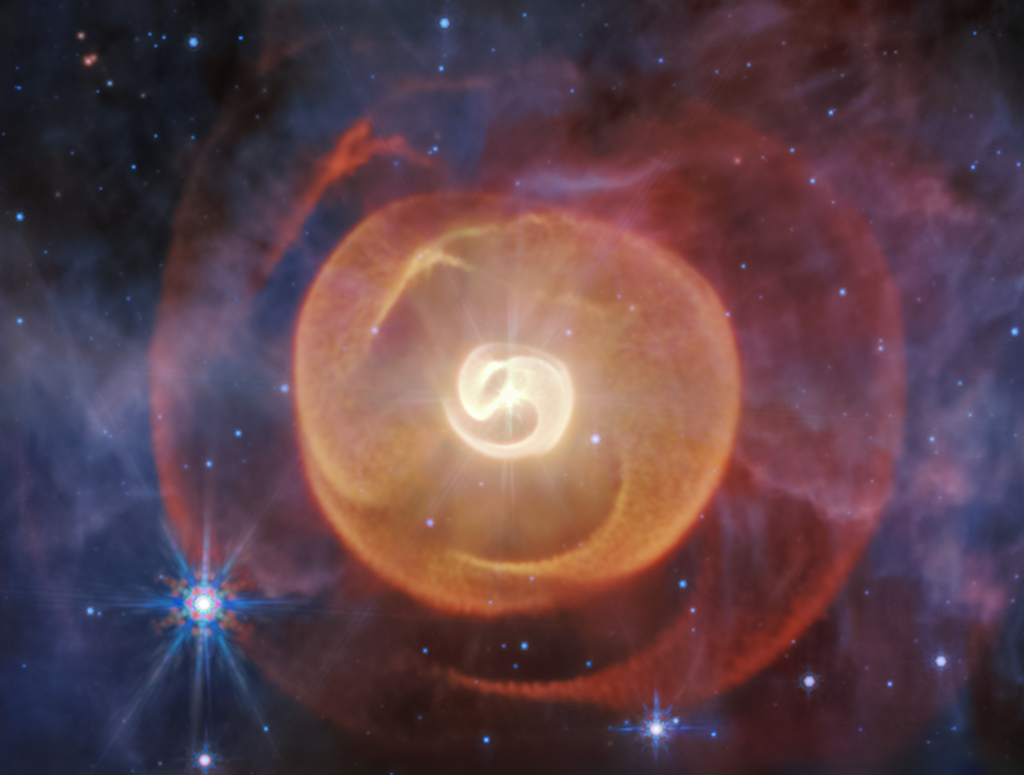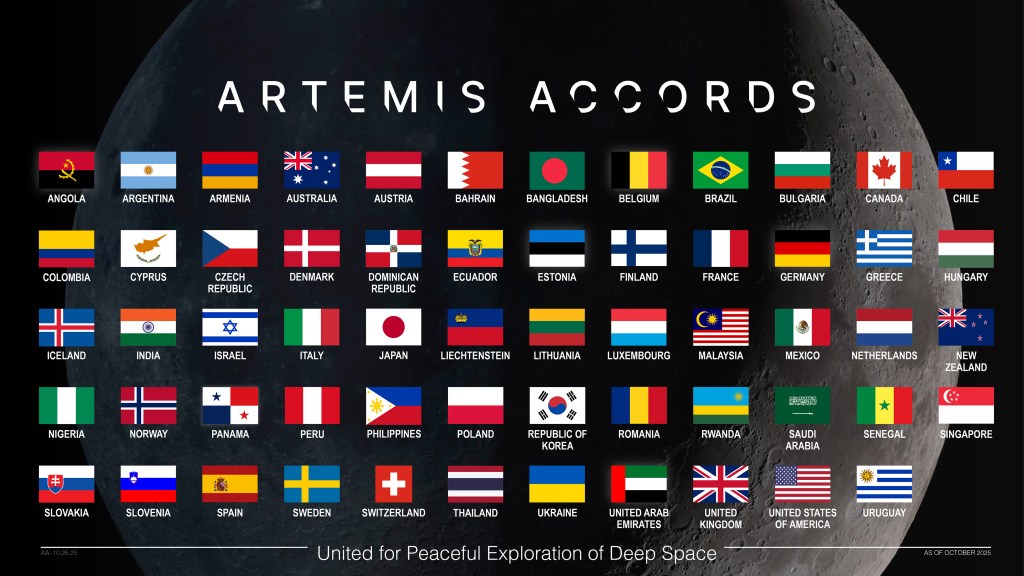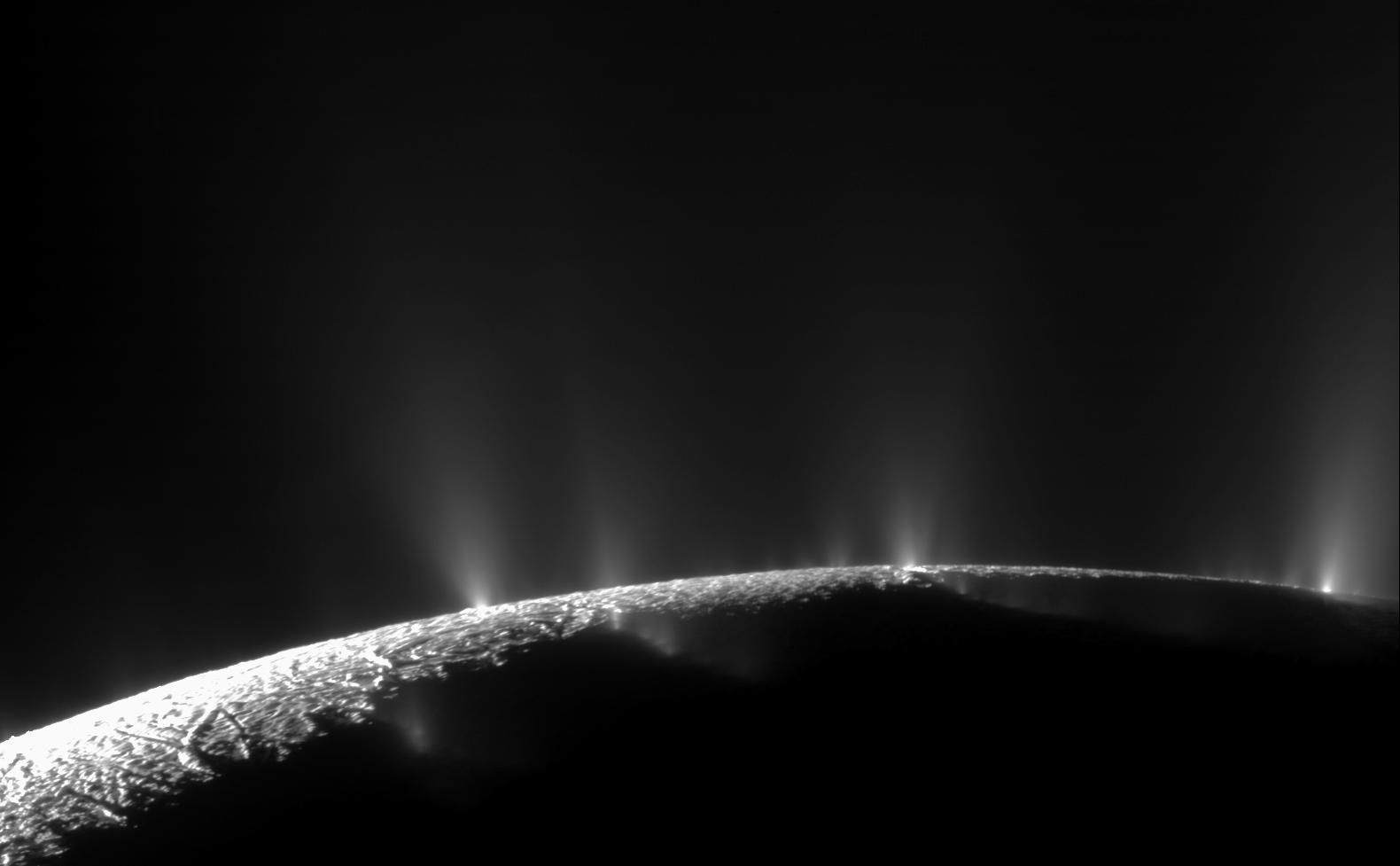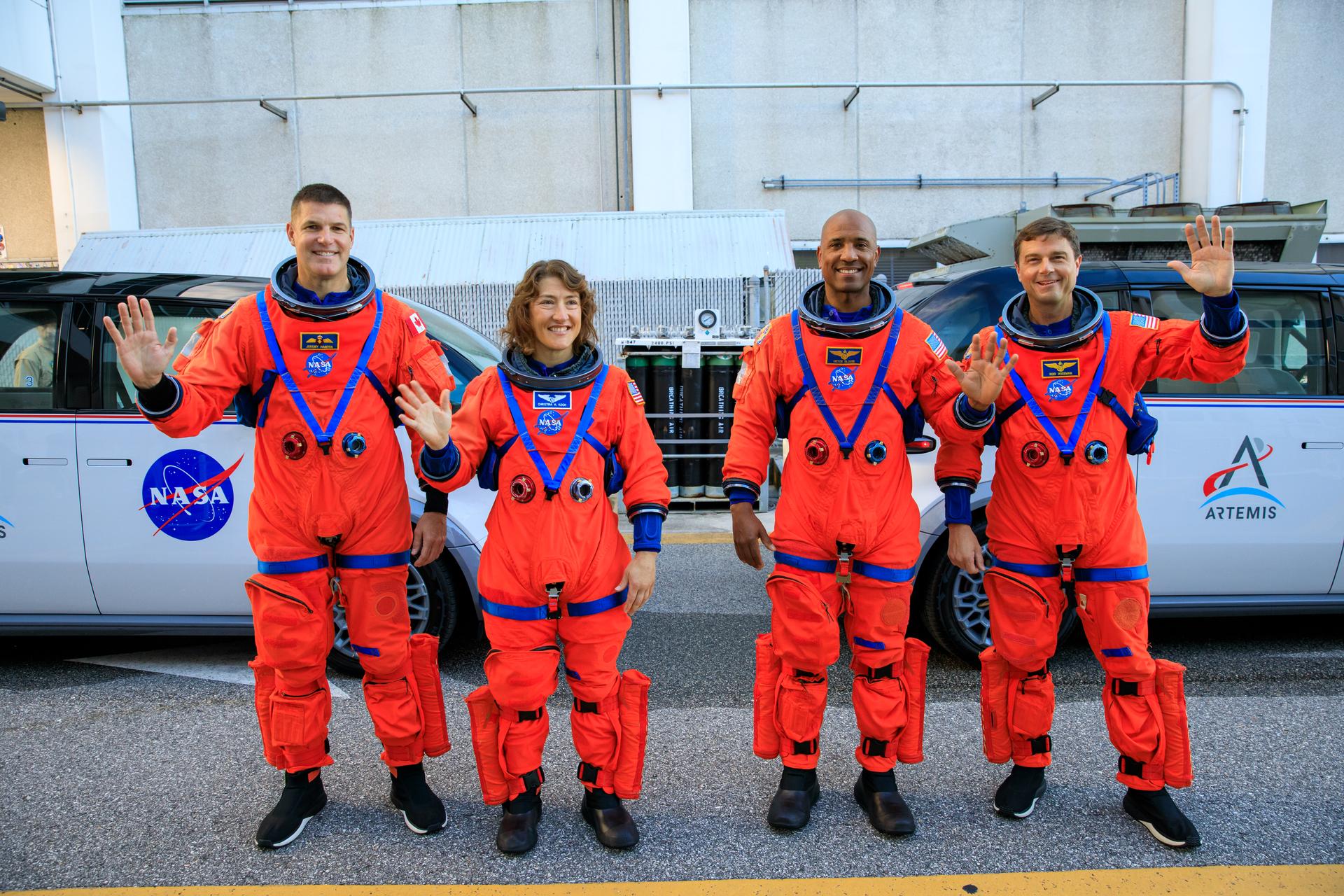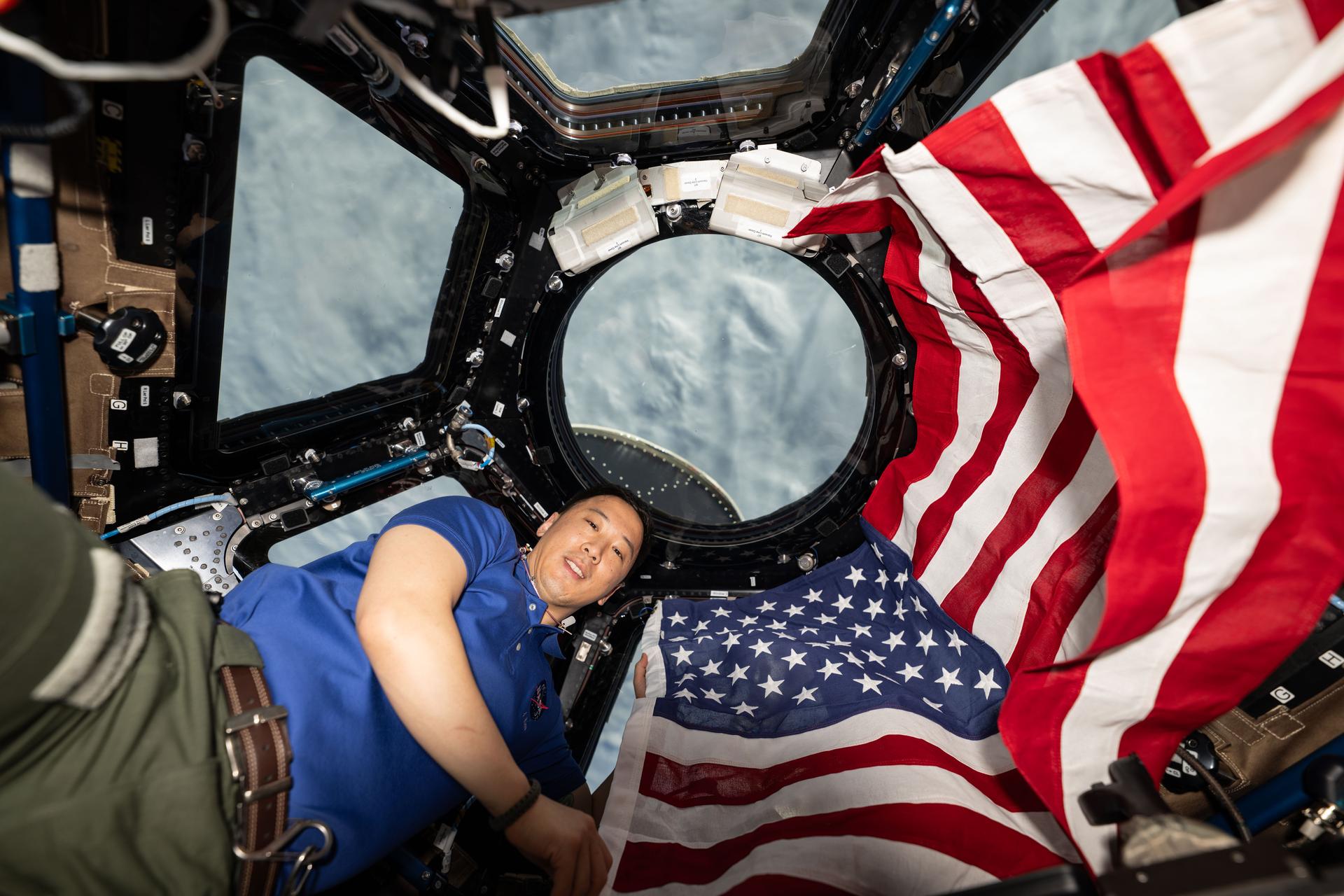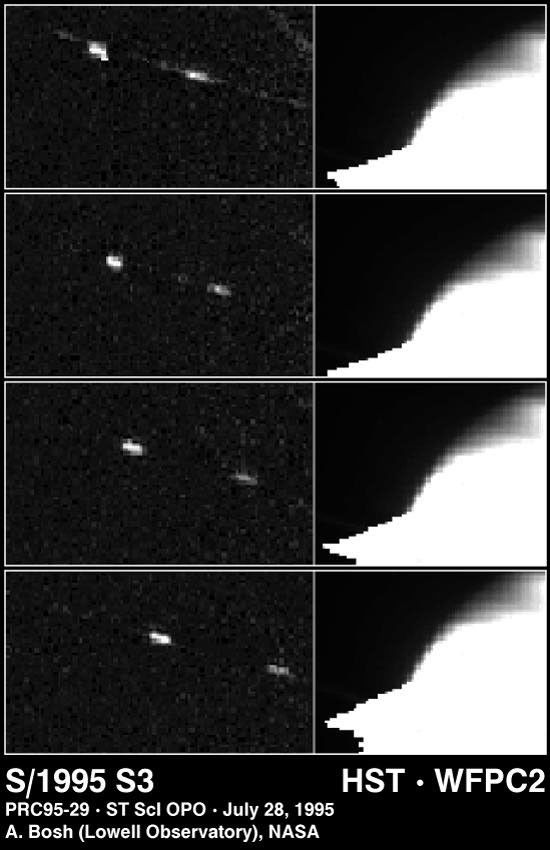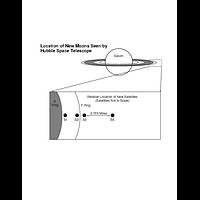Astronomers have announced the discovery of at least two, and possibly as many as four, new moons orbiting the giant planet Saturn. This discovery was based upon NASA Hubble Space Telescope images taken on May 22, 1995, when Saturn's rings were tilted edge-on to Earth.
The discovery, reported in the July 27th International Astronomical Union Telegram (Circular No. 6192), was made by Amanda S. Bosh of Lowell Observatory, Flagstaff, AZ, and Andrew S. Rivkin (also of Lowell Observatory and the University of Arizona/Lunar and Planetary Laboratory).
"We were excited to see new satellites in the Hubble pictures. This was not a primary goal of our observations, so we were quite surprised," said Bosh.
Two of the satellites seen by Hubble are in orbits similar to those of Atlas and Prometheus, a pair of moons discovered in 1980 by the Voyager 1 spacecraft. "If these two satellites are the same seen by Voyager, then their orbital longitudes are different from what we expected," said Bosh.
Additional Hubble observations of Saturn, taken when the Earth again crosses the ring plane on August 10, will provide more images that can be used to determine whether two of the four satellites detected by Hubble are truly new or not. If all four satellites are new, then the total number of known moons orbiting Saturn will grow from 18 to 22.
Two of the new moons (called S/1995 S1 and S2) lie inside Saturn's thin, eccentric "F" ring; a third moon (S3) lies just outside the F ring; and the fourth moon (S4) is 3,700 miles (6,000 kilometers) beyond the F ring. The moons are no bigger than about 45 miles (70 kilometers) across.
Hubble's sharp view is ideal for detecting faint new satellites that have previously gone unseen. The astronomers identified the new moons by first processing the Hubble pictures to remove residual light from the ring edge, and noting the locations of Saturn's known satellites. After this was done, the researchers saw four objects moving from frame to frame that did not correspond with any of the known satellites. "With the exception of S4, which we're having trouble finding in a few frames, we can follow the other three satellites for 10 hours as they go around the planet," said Bosh.
Saturn ring plane crossings happen only once every 15 years, and historically have given astronomers an opportunity to discover new satellites that are normally lost in the glare of the planet's bright ring system. Astronomers discovered 13 of Saturn's moons during ring-plane crossings from 1655 to 1980. Other satellites were identified during the Voyager spacecraft flybys of Saturn in the early 1980s.
After the upcoming August 10 ring plane crossing, the next such event that will be visible from Earth won't occur until the year 2038. (Saturn will be edge-on in 2009 and 2025, but will be too close to the Sun to be observed from Earth.)

